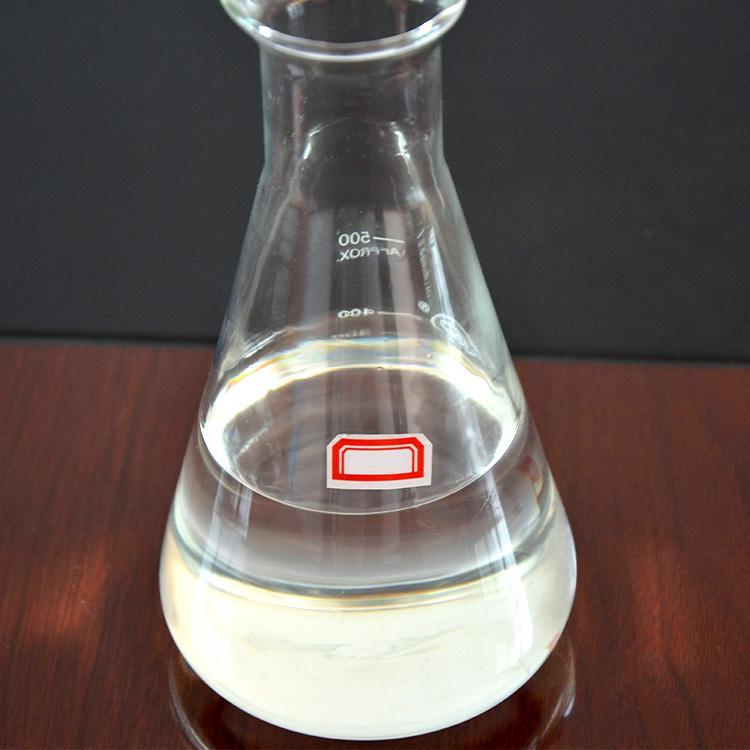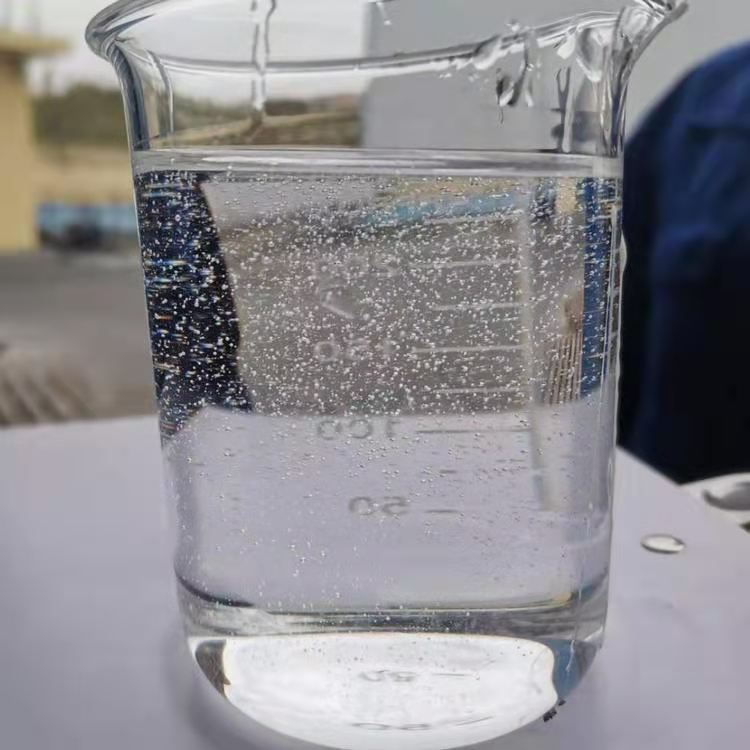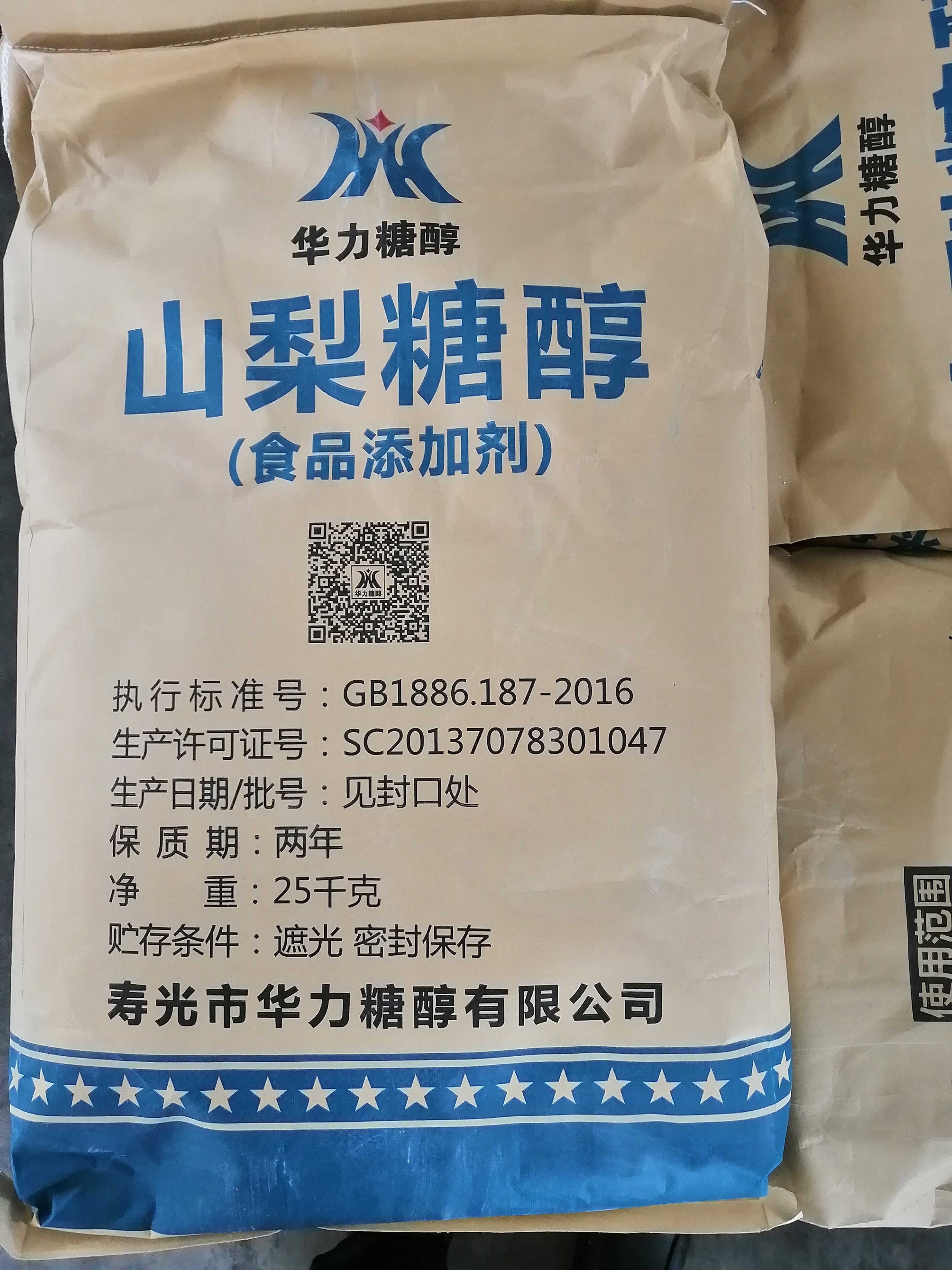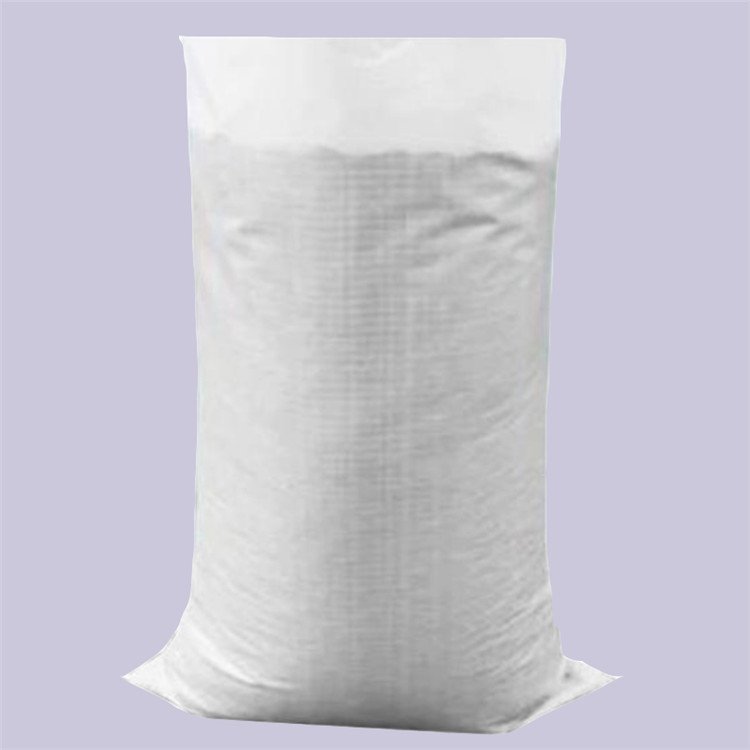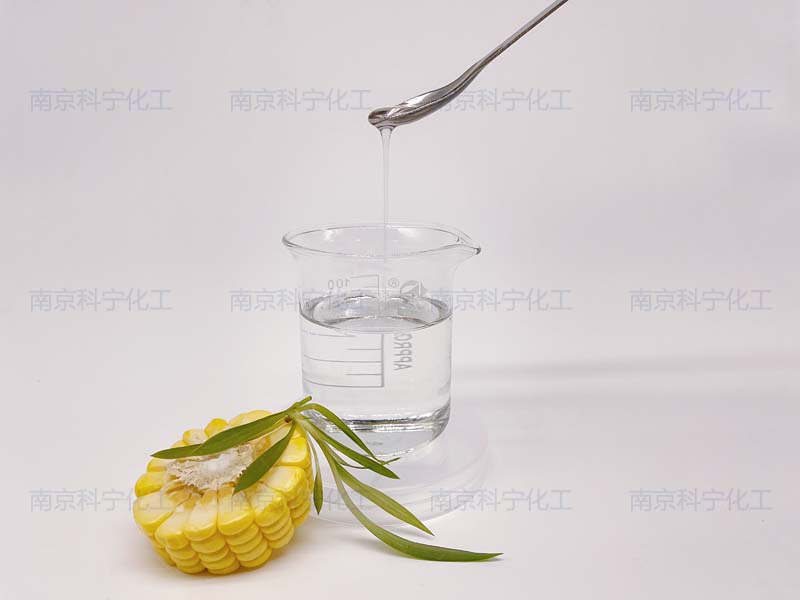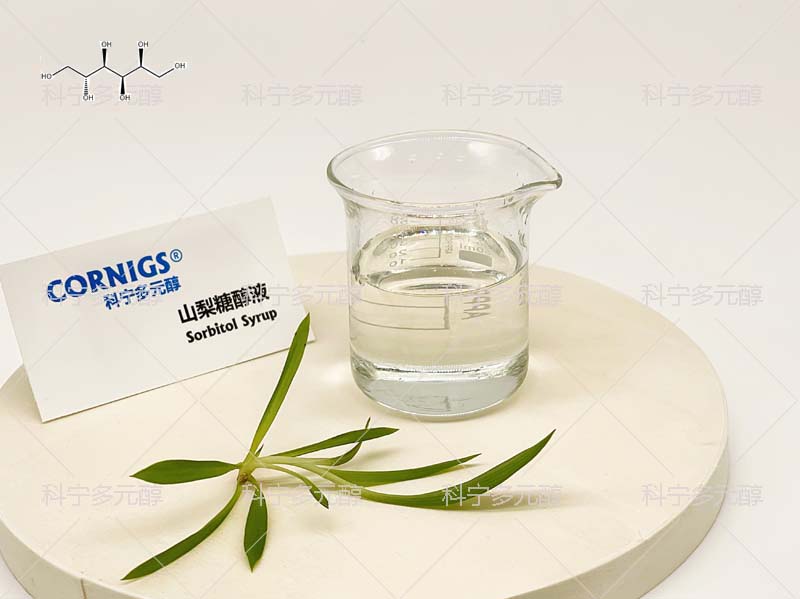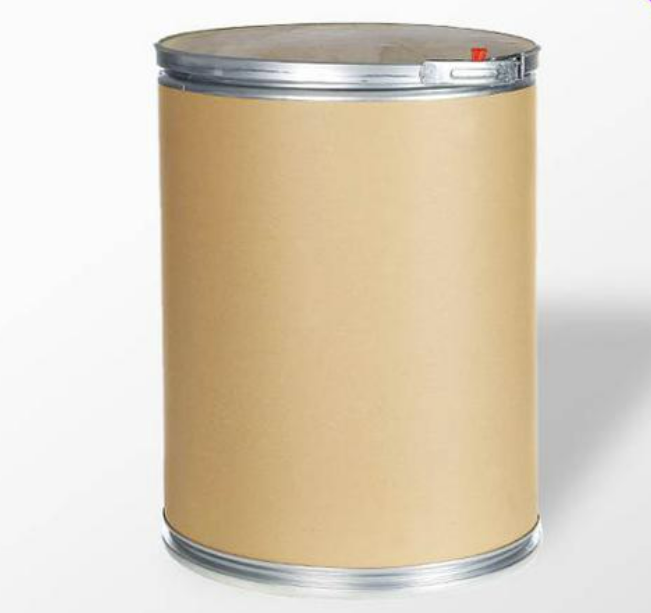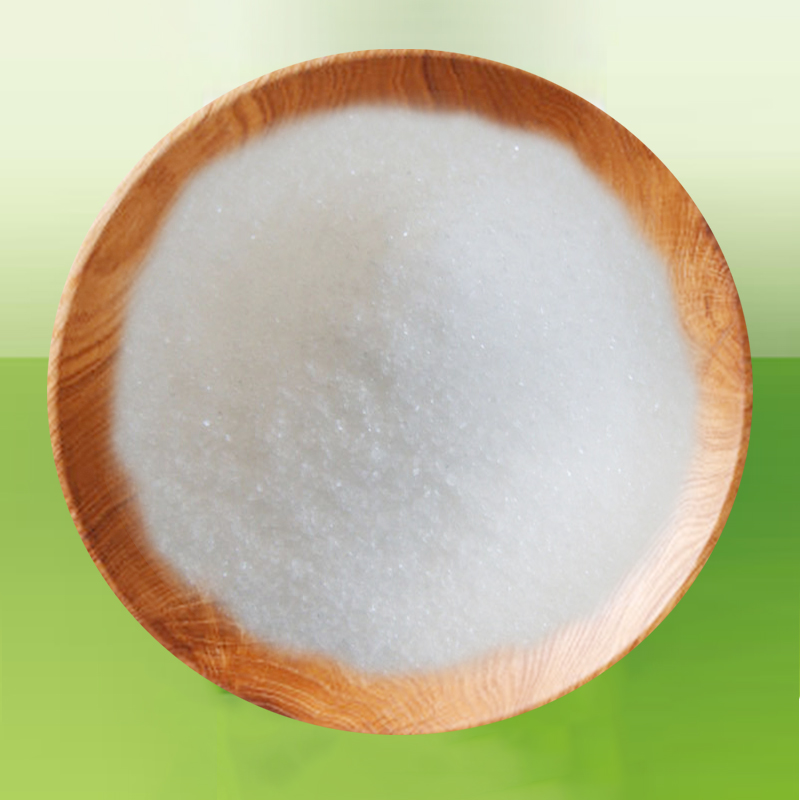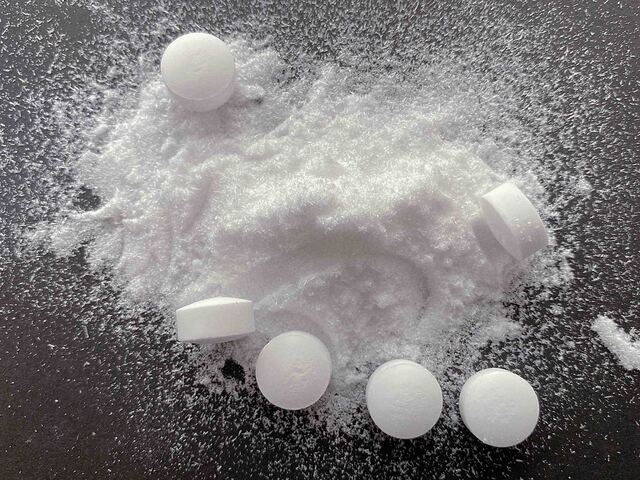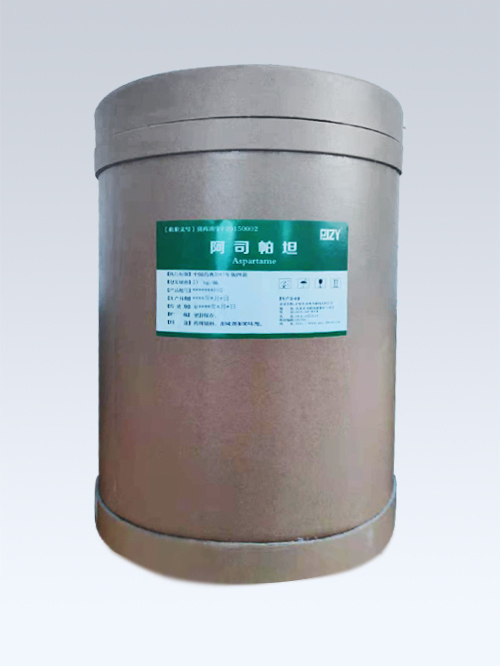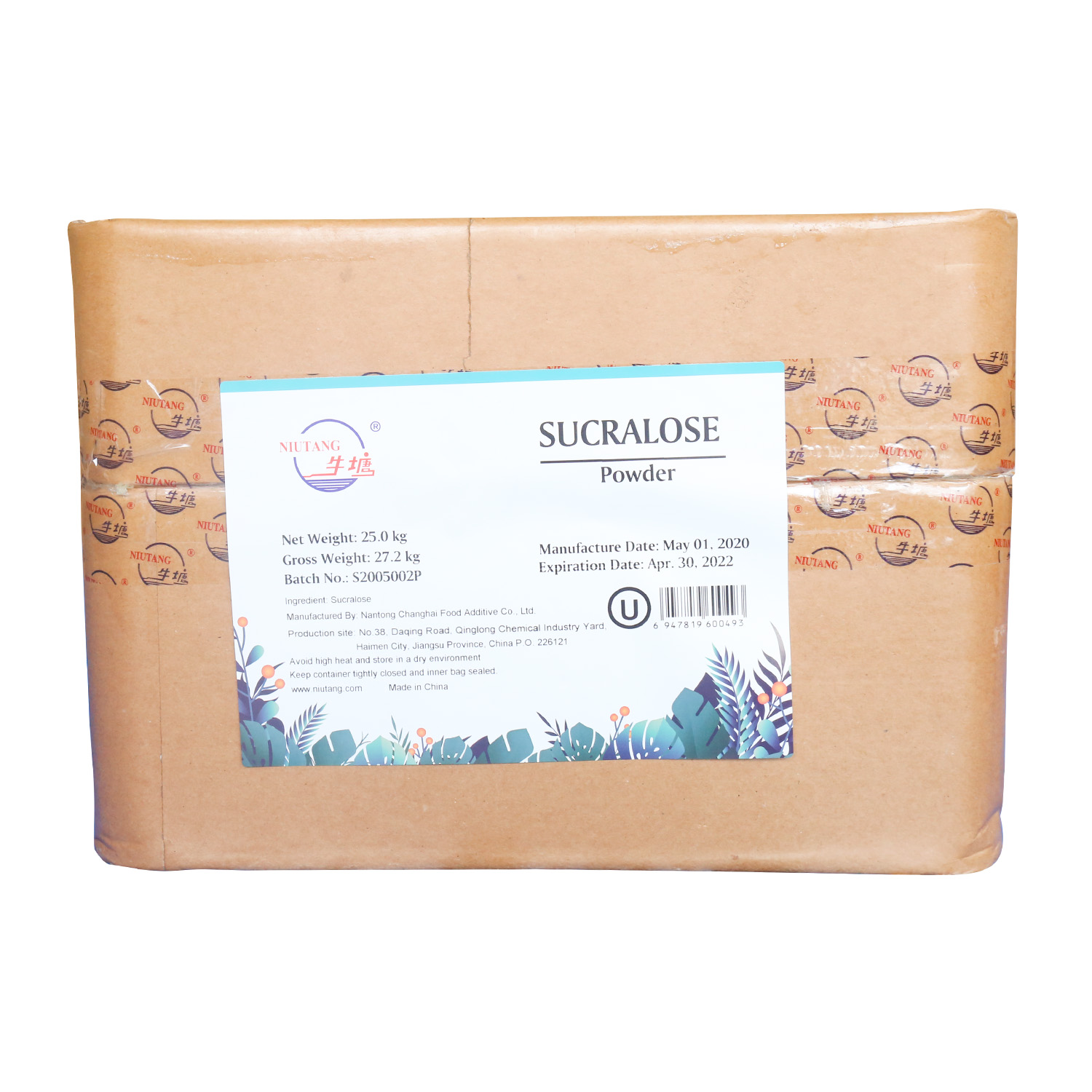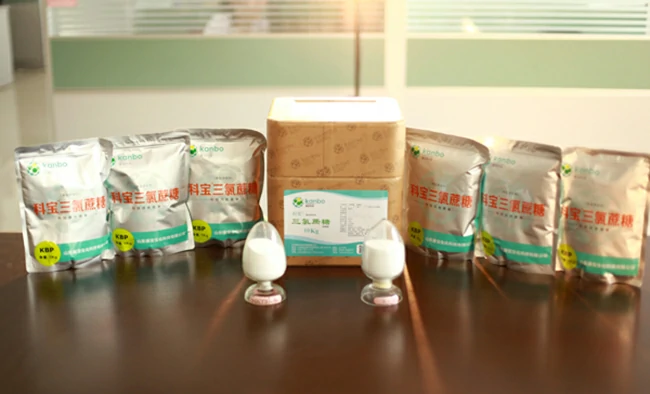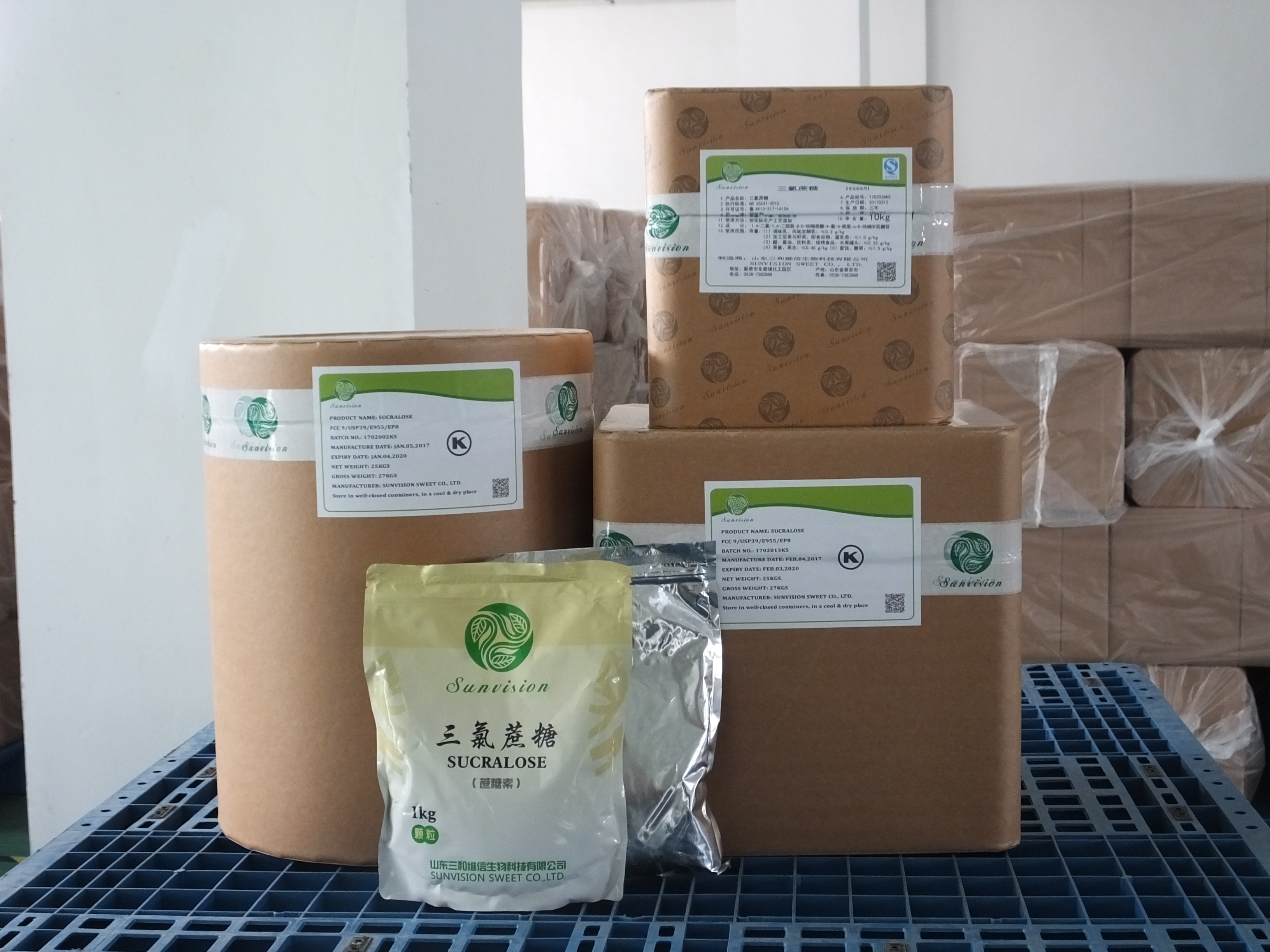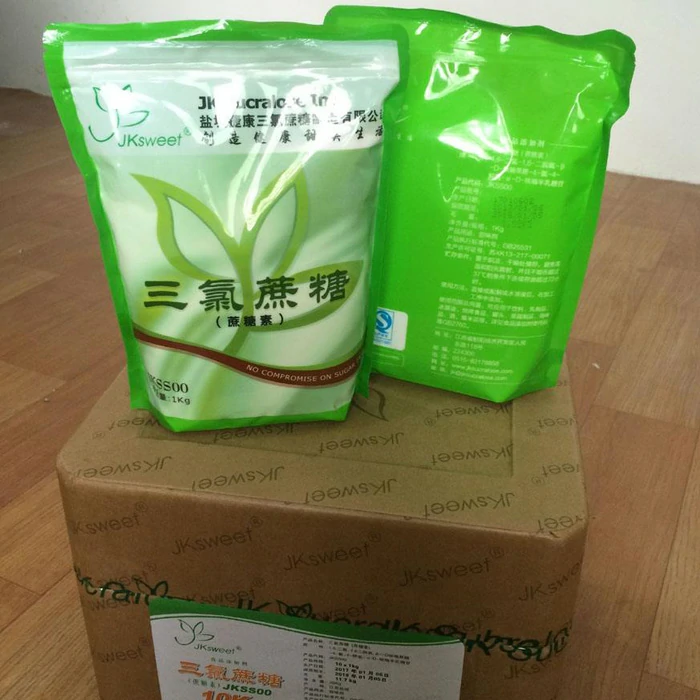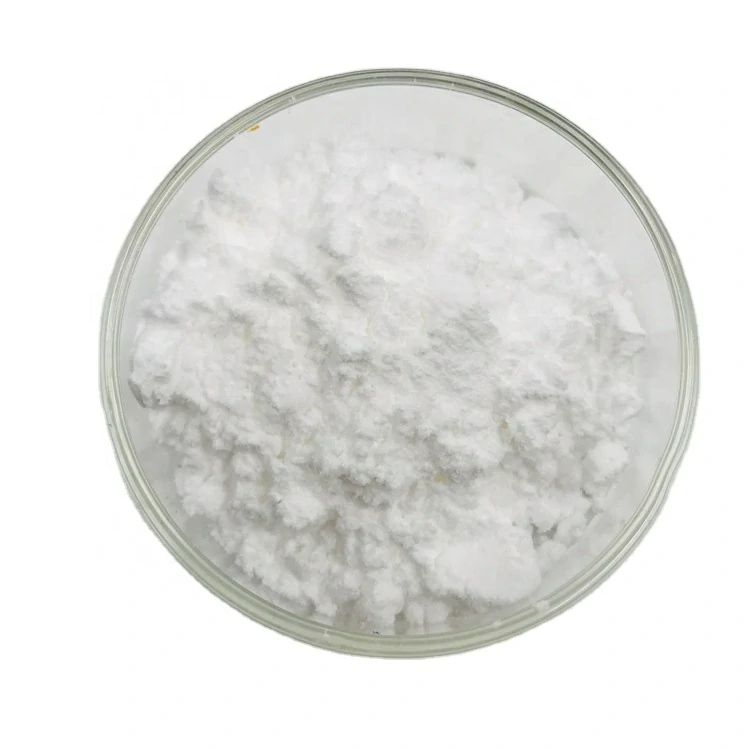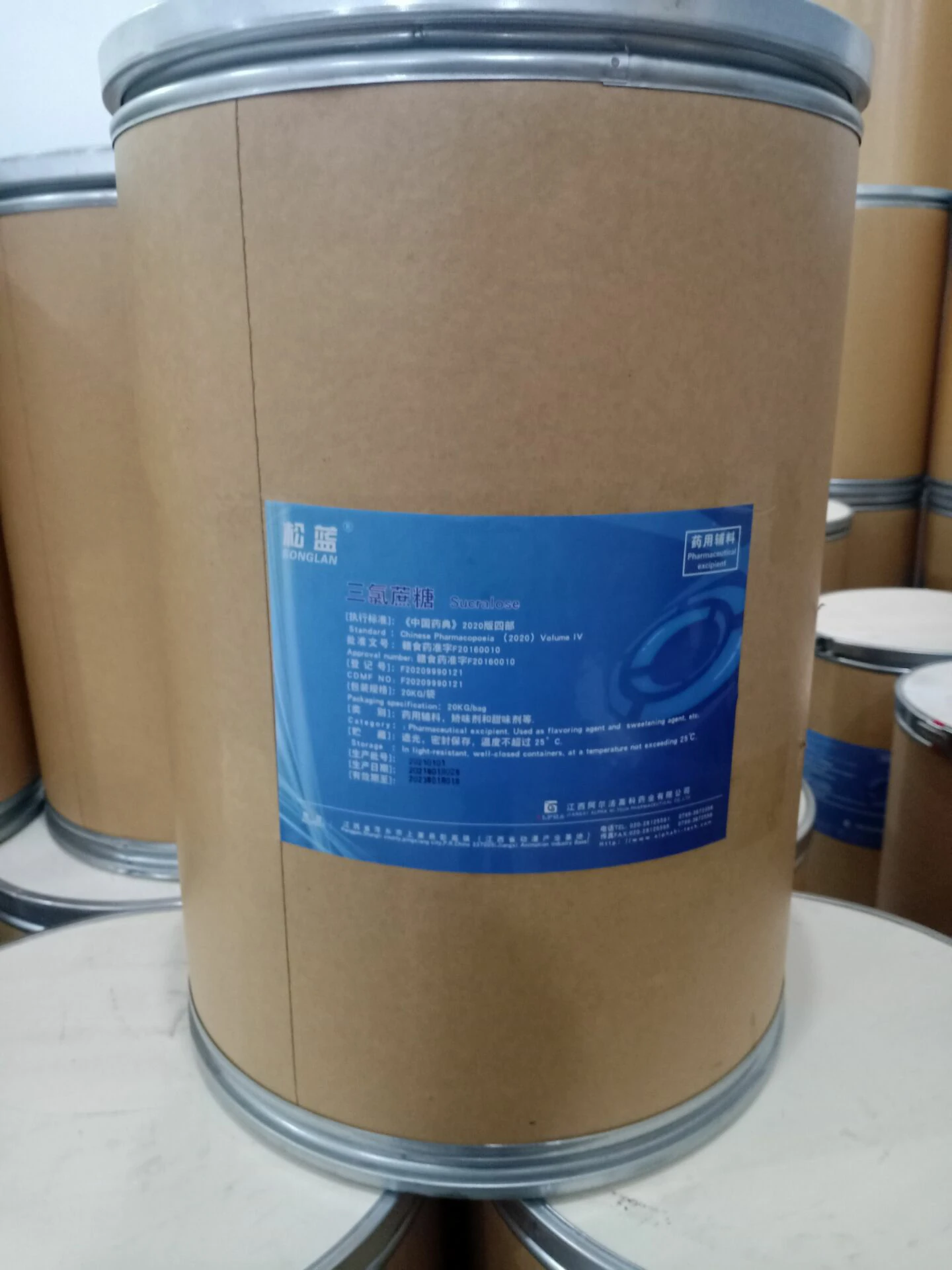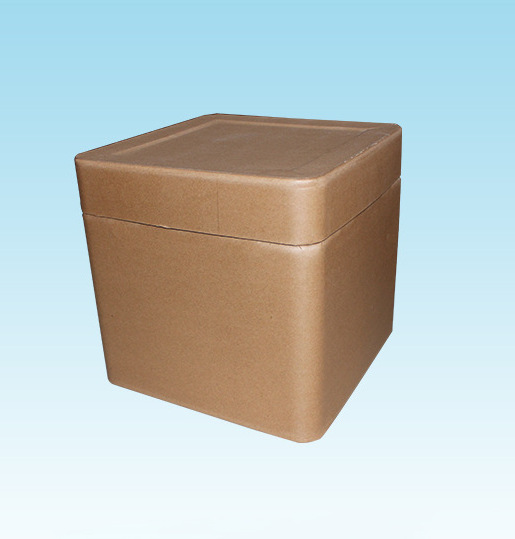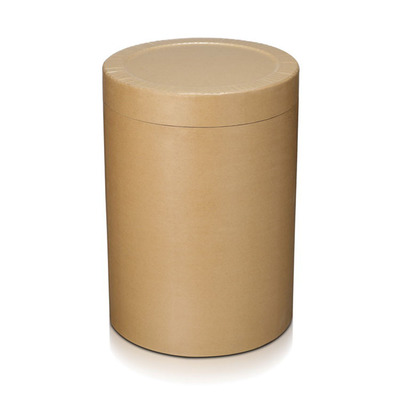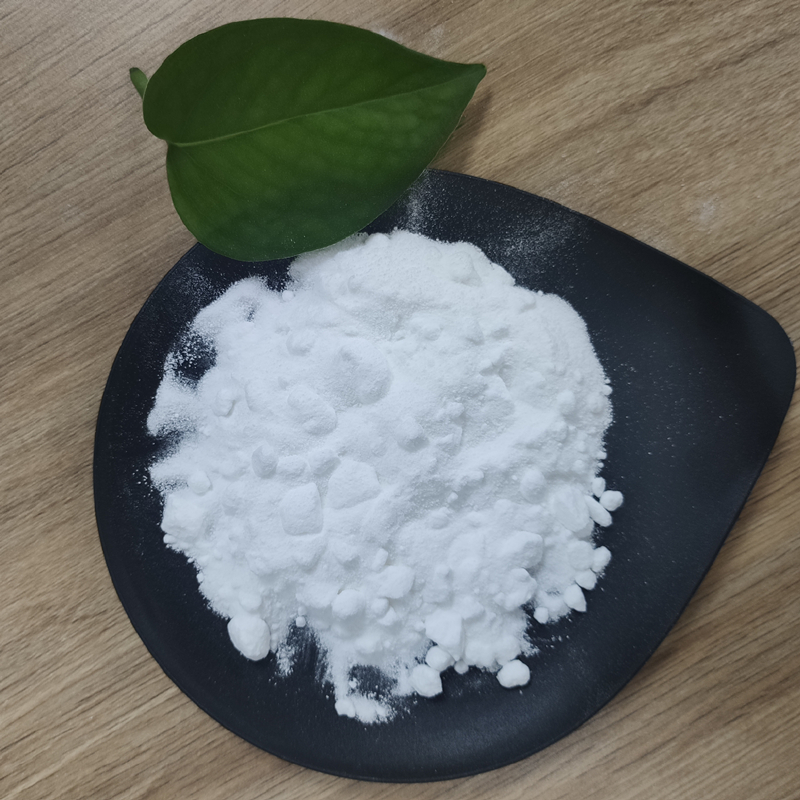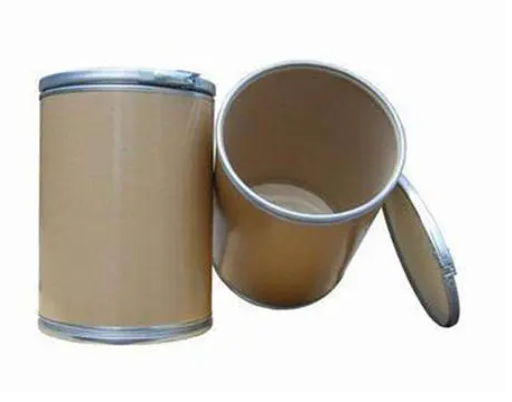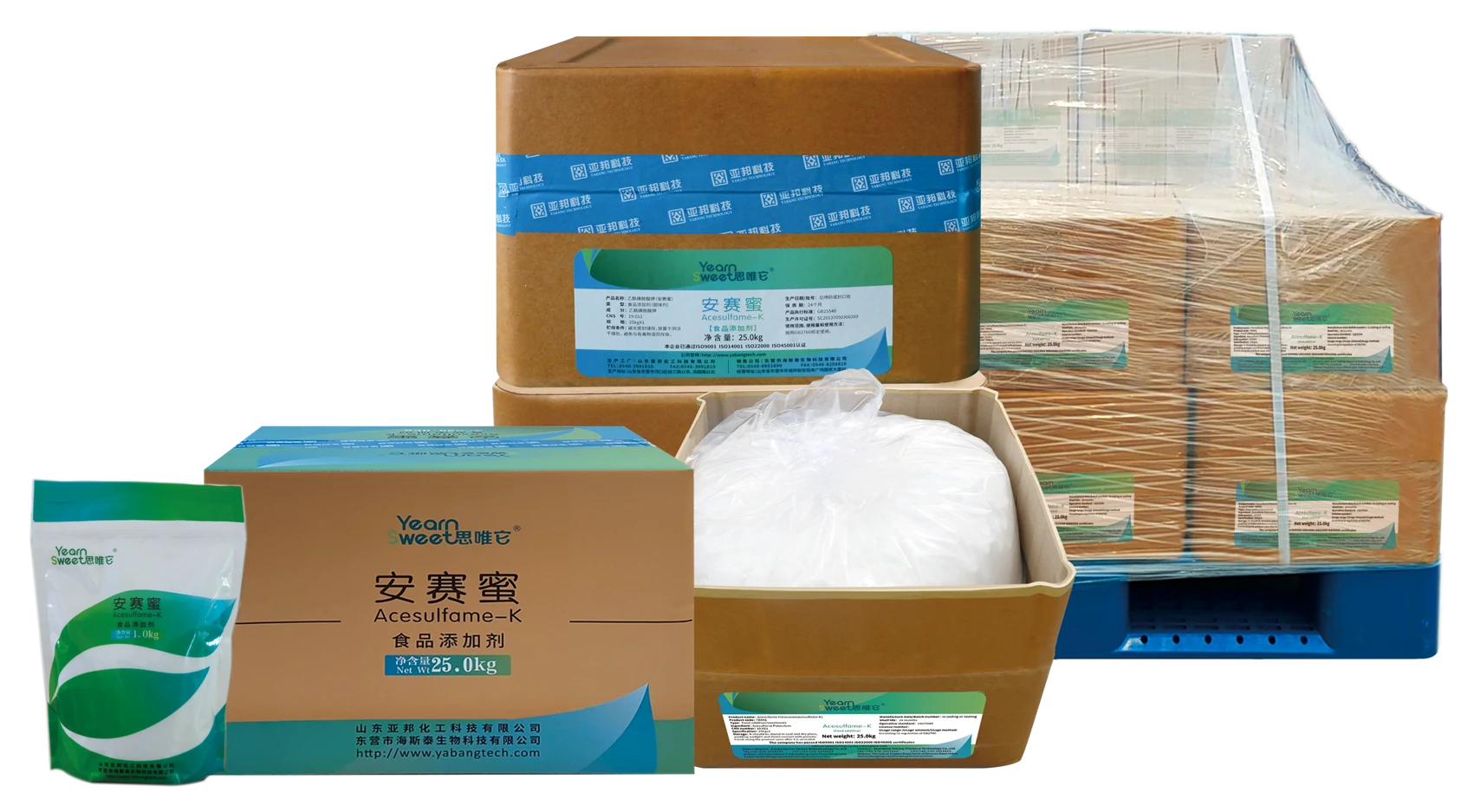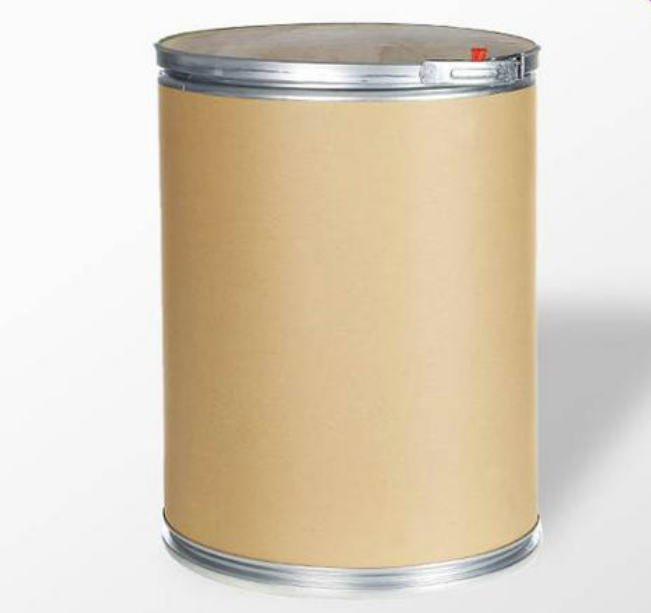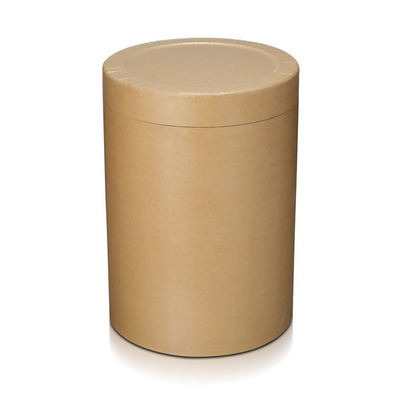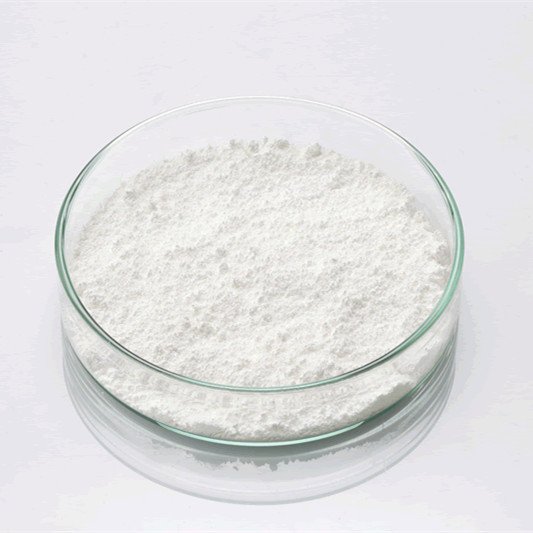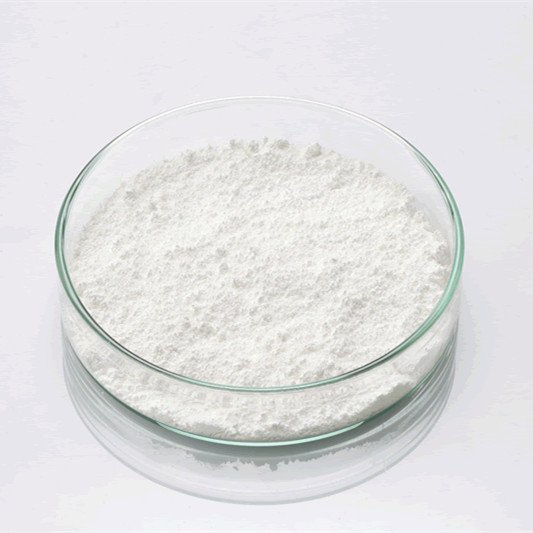Food(Feed) Additives
Food Additive
Additives For Food Packaging
Feed Additive
Anti Corrosion and Preservation
Antioxidants
Colorant
Color Fixative
Bleaching Agents
Flour Treatment Agent
Emulsifier
Thickening Agent
Stabilizer and Coagulator
Anticaking Agent
Bulking Agent
Water Retention Agent
Chewing Gum Bases
Flavor Enhancer
Sweeteners
Acidity Regulators
Food Flavors and Fragrances
Nutritional Fortifier
Enzyme Preparation
Defoamer
Coating Agent
Other Food Additives
Feed Growth Promoters
Feed Trace Elements
Feed Amino Acids and Small Peptides
Feed Vitamins
Feed Deworming Health Agents
Feed Quality Enhancer
Additives For Feed Preservation
Feed Conditioner
Other Feed Additives
Find
53
related chemicals for youAlias
More Information
Glucitol; Gulitol; D-Sorbitol; D-Glucitol; Hexahydric Alcohol; (2R,3R,4R,5S)-Hexane-1,2,3,4,5,6-Hexol; Sorbitol Solid; Sorbitol Liquid; Sorbitol 70%; Sorbitol Powder; Sorbitol70; Sorbitol70%
Brief Introduction
Sorbitol is a sugar alcohol found in fruits and plants with diuretic, laxative and cathartic property. Unabsorbed sorbitol retains water in the large intestine through osmotic pressure thereby stimulating peristalsis of the intestine and exerting its diuretic, laxative and cathartic effect. In addition, sorbitol has one-third fewer calories and 60 % the sweetening activity of sucrose and is used as a sugar replacement in diabetes.Sorbitol is an odorless colorless solid. Sinks and mixes with water.D-glucitol is the D-enantiomer of glucitol (also known as D-sorbitol). It has a role as a sweetening agent, a laxative, a metabolite, a cathartic, a human metabolite, a food humectant, a Saccharomyces cerevisiae metabolite, an Escherichia coli metabolite and a mouse metabolite. It is an enantiomer of a L-glucitol.
Suppliers
View More Vendors (8) >
Alias
More Information
L-Aspartyl-L-Phenylalanine Methyl Ester; Aspartylphenylalanine Methyl Ester; Methyl Aspartylphenylalanate; 1-Methyl N-L-Alpha-Aspartyl-L-Phenylalanate; Methyl L-Alpha-Aspartyl-L-Phenylalaninate; APM; Cas No. 22839-47-0; Aspartame Powder
Brief Introduction
Aspartame is a dipeptide obtained by formal condensation of the alpha-carboxy group of L-aspartic acid with the amino group of methyl L-phenylalaninate. Commonly used as an artificial sweetener. It has a role as a sweetening agent, a nutraceutical, a micronutrient, a xenobiotic, an environmental contaminant, an apoptosis inhibitor and an EC 3.1.3.1 (alkaline phosphatase) inhibitor. It is a dipeptide, a carboxylic acid and a methyl ester. It derives from a L-aspartic acid and a methyl L-phenylalaninate.
Flavoring agent sweeter than sugar, metabolized as phenylalanine and aspartic acid.
Suppliers
View More Vendors (7) >
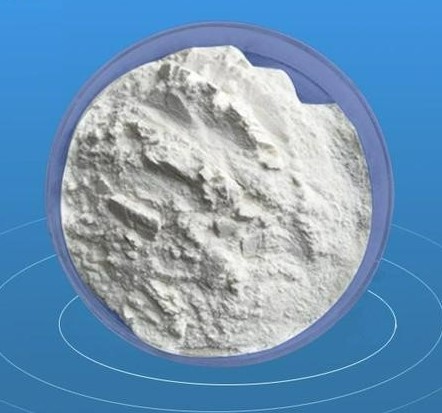
<GB1886.69-2016>;98.0%~102.0%
/
Food Grade
25kg
/
Fibre Drum
Alias
More Information
Splenda; Trichlorosucrose; TGS; 4, 1', 6 '- Sucralose; Splenda Sweetener; Sucralose Sweetener; 1',4,6'-Trichlorogalactosucrose; 4,1',6',-Trichloro-4,1',6' Trideoxy-Pentagalactosucrose; Encapsulated Sucralose; Aspasvit; Suclarose; Sucralose Suppliers in Belgium; Surcralose
Brief Introduction
Sucralose is a kind of white powder product, which is easily soluble in water, ethanol and methanol. It is the only functional sweetener produced with sucrose as raw material. Its sweetness is 600 times that of sucrose, and its sweetness is pure. Its sweetness is very similar to sucrose, without any bitter aftertaste; No heat, no caries, good stability, especially in aqueous solution. After a long time of toxicological tests, it has been proved to be highly safe and is the best functional sweetener at present. It has been approved by more than 30 countries, such as the United States, Canada, Australia, Russia and China. At present, sucralose has been widely used in beverages.
Suppliers
View More Vendors (7) >
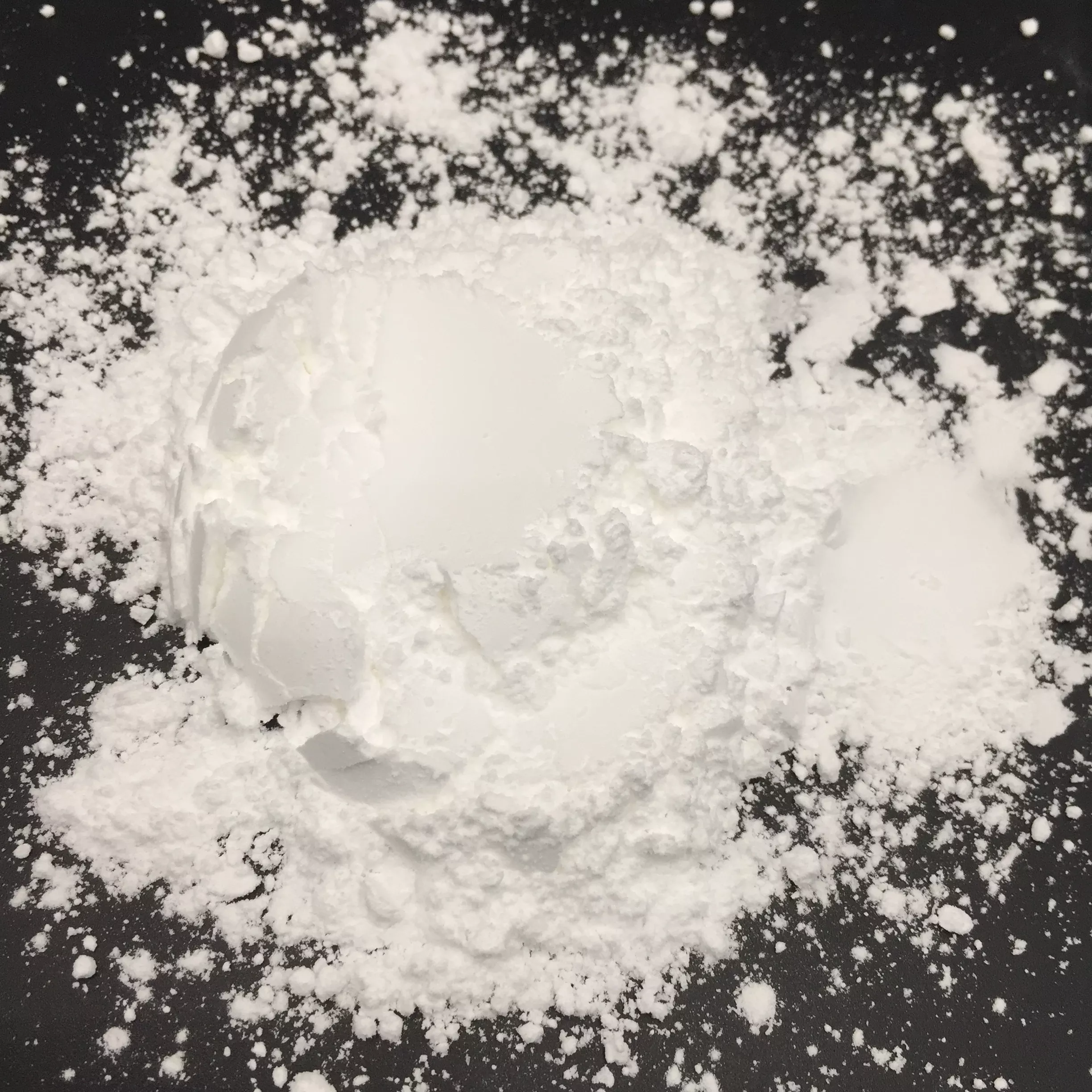
USP39、EP8.0、Regulation(EU)231-2012(E955)
/
Food Grade
25kg
/
Fibre Drum
CAS:55589-62-3
Molecular Formula:C4H4KNO4S
Alias
More Information
Acesulphame-K; Ace-K; Acesulfame-K; Acesulfame Potassium; Potassiumacesulfame; Ace-Suhl-Faym; Sweet One; Acesulfaml-K; Sunette; AK Sugar; 6-Methyl-1,2,3-Oxathiazin-4(3H)-One 2,2-Dioxide Potassium Salt; Acesulfame
Brief Introduction
Acesulfame is the fourth generation of synthetic sweetener. It has a certain bitter taste when used alone, and has synergistic effect when mixed with aspartame or cyclamate, and can cover up the bitter taste. After being taken to the human body, it is not absorbed and does not generate heat. It is suitable for people with diabetes and obesity. In China, it can be used for pastry, jam (excluding canned), pickles, candy, preserves, drinks, ice cream and gummy sugar, with the maximum dosage of 0.3g/kg; It can also be used as table sweetener (flake or powder), 40mg per tablet or packet.
Suppliers
View More Vendors (6) >
CAS:57817-89-7
Molecular Formula:C38H60O18
Alias
More Information
Stevia Extract; Steviosides; Steviosin; Rebaudin; Beta-D-Glucopyranosyl(1R,4As,7S,8Ar,10As)-7-(2-O-(Beta-D-Glucopyranosyl)-Alpha-D-Glucopyranosyloxy)-1,4A-Dimethyl-12-Methyleneperhydro-7,8A-Ethanophenanthren-1-Carboxylate; Beta-D-Glucopyranosylester; Kaur-16-En-18-Oicacid,13-((2-O-Beta-D-Glucopyranosyl-Alpha-D-Glucopyranosyl)O; (4Alpha)-Beta-D-Glucopyranosyl 13-[(2-O-Beta-D-Glucopyranosyl-Beta-D-Glucopyranosyl)Oxy]Kaur-16-En-18-Oate; 13-[(2-O-Beta-D-Glucopyranosyl-Alpha-D-Glucopyranosyl)Oxy]Kaur-16-En-18-Oic Acid Beta-D-Glucopyranosyl Ester; Stevia; HS Code for Stevia
Brief Introduction
Stevioside is a mixture of eight kinds of sugars with the same diterpenoid ligands. It does not contain sugar and heat. Its color is white to yellowish. It has suitable taste and no peculiar smell. It is a new sugar source with broad development prospects. Stevioside is a kind of sweetener which has been found in the world and approved by the Ministry of health of China. It has low calorie and its taste is very close to sucrose. It is the third natural sweetener with development value and health esteem after sugarcane and beet sugar. It is internationally known as "the third sugar source in the world". Stevioside, as a food sweetener and preservative, is widely used in food industry to produce high sweetness, low calorie, low salt and anti caries food.
Suppliers
View More Vendors (6) >
Inquiry (
10
/ 10
)
Clear All
You can inquire for up to 10 products at a time
Sign In
Error!

